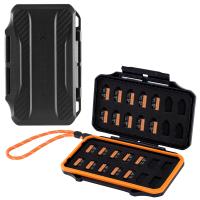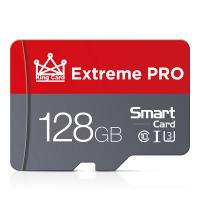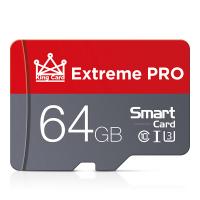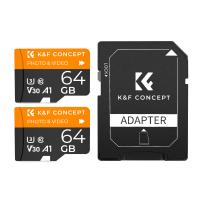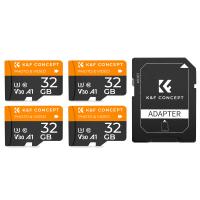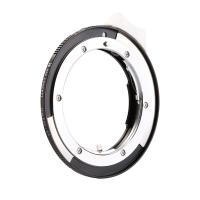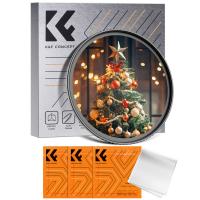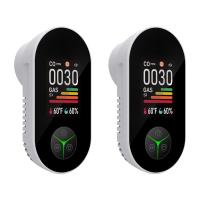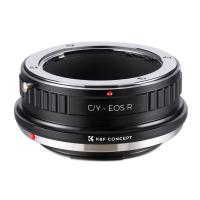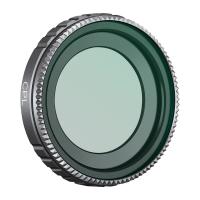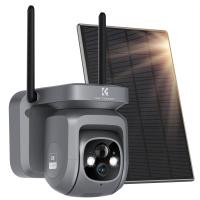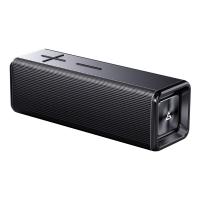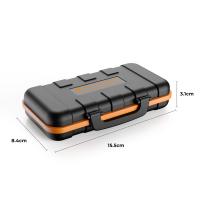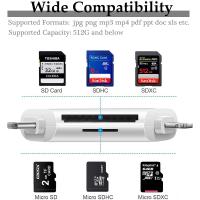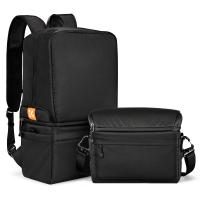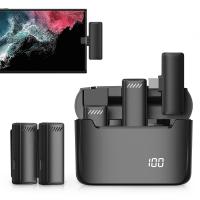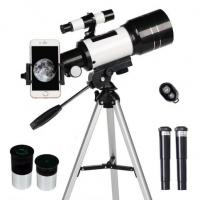What Is Largest Micro Sd Card?
The Evolution and Future of the Largest Micro SD Cards
Micro SD cards have revolutionized the way we store data on mobile devices. From smartphones and tablets to cameras and drones, these tiny powerhouses pack a punch in terms of storage capability and portability. Over the years, as technology has advanced, the capacity of these cards has grown exponentially, leading many to ask, "What is the largest micro SD card available today?" This article delves into the evolution, current state, and future potential of micro SD cards, offering a comprehensive guide for anyone looking to maximize their storage needs.
The Evolution of Micro SD Cards

Micro SD cards, a smaller variant of the standard SD cards, have been around since the early 2000s. Initially, they offered meager storage capacities, often not exceeding a few megabytes. However, as consumer demand for more storage grew—driven by higher resolution photos, 4K videos, and an app-centric digital ecosystem—manufacturers pushed the limits of what could be achieved in such a small form factor.
One of the most notable milestones in the micro SD card's evolution was the introduction of micro SDHC (Secure Digital High Capacity) and later, micro SDXC (Secure Digital eXtended Capacity) cards. These advancements allowed for storage capacities to leap from single-digit gigabytes into the hundreds.
The Largest Micro SD Cards Today

As of 2023, the largest micro SD card commonly available on the market offers a staggering 1TB of storage. This leap has been facilitated through advancements in flash memory technology, enabling manufacturers to compress vast amounts of data into incredibly small chips.
Brands like SanDisk, Samsung, and Lexar are leading the charge in this space, offering 1TB micro SD cards that are not only large in capacity but also fast and reliable. These cards typically boast high read and write speeds, essential for tasks like 4K video recording, burst photography, and seamless gaming experiences. Prices for these high-capacity cards have also become more accessible over time, making them a viable option for a broader range of consumers.
Factors to Consider When Choosing a Micro SD Card

While capacity is often the most eye-catching feature, several other factors are crucial when selecting the right micro SD card for your needs:
1. Speed Class: Micro SD cards are categorized by speed classes such as Class 10, UHS-I, UHS-II, and V30, V60, V90. These ratings indicate the minimum write speed of the card, which is particularly important for video recording and large file transfers.
2. Application Performance Class: Nowadays, many micro SD cards come with an A1 or A2 rating. These ratings ensure the card has the random read and write speeds necessary for running apps smoothly.
3. Durability: Some micro SD cards are built to withstand extreme conditions, such as high and low temperatures, water, shock, and x-rays. This is crucial for users who intend to employ their cards in action cameras or drones.
4. Brand Reliability: Opting for reputable brands like SanDisk, Samsung, and Lexar ensures you get a product that lives up to its claimed specifications and offers good customer support.
Practical Applications for Large Capacity Micro SD Cards

1TB micro SD cards have a wide array of applications, making them indispensable in various scenarios:
1. Smartphones and Tablets: As apps and media files grow larger, having ample storage ensures smoother performance and the ability to store more data without constantly managing storage space.
2. Cameras and Camcorders: High-resolution photos and 4K/8K video recording require substantial storage. A 1TB micro SD card can store hundreds of hours of footage, reducing the need for frequent card swaps.
3. Drones: Drones equipped with high-resolution cameras need large storage capacities to handle extensive flight sessions and continuous video recording without interruption.
4. Gaming Consoles: Portable gaming devices like the Nintendo Switch benefit immensely from large capacity cards, allowing gamers to store numerous AAA titles.
5. IoT Devices: With the proliferation of Internet of Things (IoT) devices, having a robust and high-capacity storage solution is vital for data logging and other smart functions.
Future Prospects: Beyond 1TB
The trend toward ever-larger micro SD cards is unlikely to slow down. With new technologies like 3D NAND, which stacks memory cells vertically, the potential for even higher capacities becomes feasible. Additionally, the development of more efficient data compression algorithms and next-generation interface technologies will likely pave the way for 2TB and even 4TB micro SD cards in the future.
However, the advent of larger storage capacities will also bring new challenges. Issues like data integrity, read/write endurance, and power consumption will need innovative solutions. Enhanced error correction codes (ECC), wear leveling algorithms, and energy-efficient designs will be paramount in ensuring the reliability and longevity of future high-capacity cards.
Micro SD cards have come a long way since their inception, evolving from mere bytes to terabytes of storage. As of today, the largest commercially available micro SD card stands at 1TB, offering a blend of high capacity, speed, and reliability suitable for various modern applications. While capacity is a crucial factor, it's essential to consider other aspects like speed ratings, durability, and brand credibility when making a purchase.
The future looks promising, with the potential for even more significant advancements in capacity and technology. As our digital world continues to expand, the need for robust and large storage solutions will only grow, and micro SD cards will undoubtedly remain at the forefront of this evolution.




